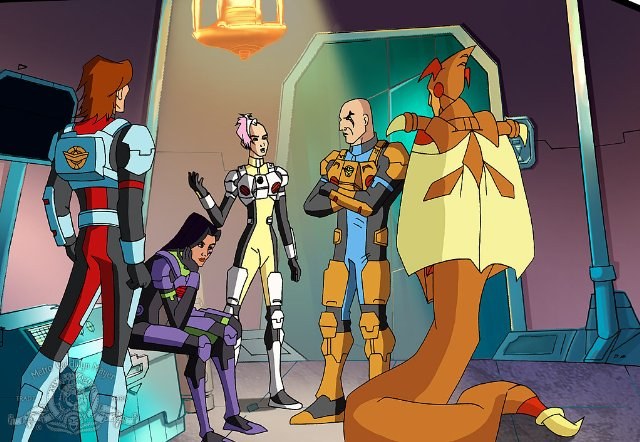Stargate Infinity Season 1
Executive producer: Andy Heyward
Original air dates: September 14, 2002 – March 24, 2003
Mission briefing. Thirty years in the future, Stargate Command is more publicly known, still run by the Air Force, and there are aliens living on Earth alongside humans. The Goa’uld have apparently been defeated, but a lizard-like species known as the Tlak’kahn has appropriated much of their stuff. They’ve also dominated a large portion of the galaxy.
An ally of the Tlak’kahn is the Sheftu, big transparent pink shape-changing aliens. One has infiltrated the SGC, disguised as Captain Grimes. He has framed Major Gus Bonner for disobeying orders by posing as him and, well, disobeying orders. He later poses as Bonner long enough to shoot two cadets and let the Tlak’kahn into the SGC.
His reasons for letting the Tlak’kahn—led by a warlord named Da’kyll—in at this point is the discovery of a cocoon in an Egyptian sarcophagus. They think it might be an Ancient—the builders of the Stargate network—and Da’kyll wants it. Bonner and several cadets—Stacey Bonner (his niece), Seattle Montoya, R.J. Harrison, and Ec’co—go through the Stargate with the cocoon. But the Sheftu has done his sabotage work well, and General Stoneman believes Bonner to be a traitor. He changes the GDO codes so that Bonner and his group can’t come home.
Armed only with their armor, a dune buggy, a motorcycle (driven by Seattle), an ATV (driven by Stacey), and a jetpack (mostly flown by Harrison), the team stays one step ahead of Da’kyll by going through the Stargate. At first they travel to planets Bonner has visited during his long and storied SGC career—once they even come across his first CO and mentor, Harley Shepherd, who has retired and set himself up as a local god—but thanks to the Sheftu, Da’kyll has access to Bonner’s service record, so the team often has Tlak’kahn waiting for them. So Bonner starts dialing worlds he hasn’t visited.
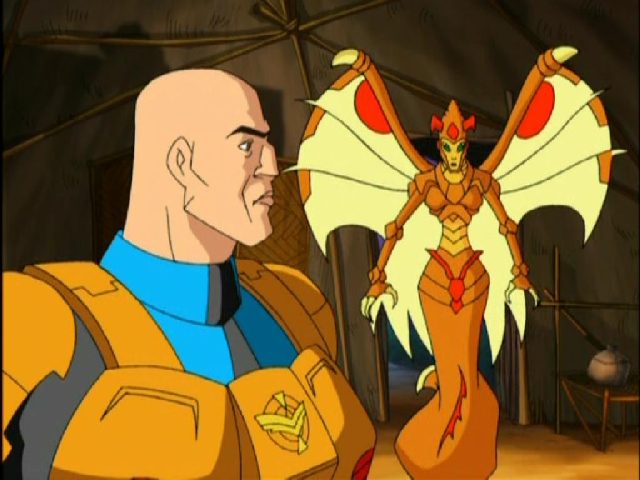
Along the way, the cocoon hatches into a flying woman with telepathic and telekinetic abilities, who calls herself Draga. It’s possible she’s an Ancient—and they do meet others of her species at one point—but they never do find out for sure. Da’kyll, though, thinks she’s an Ancient, and that’s enough for him to not only chase the team across the galaxy, but also to put out a bounty on them.
Bonner et al are generally able to stay one step ahead of their pursuers. The only time Da’kyll comes close to succeeding is when he leaves a ship lying around for the team to steal. They set a course for Earth, but the instruments have been gimmicked so they only think they’re going home, and in fact are taken prisoner on Ka’an, the Tlak’kahn homeworld. Only internecine fighting between Da’kyll and the ruling council allows the team to escape.
They do manage to make it home to Earth once, but the Sheftu contrives to frame them as traitors to Earth and they’re on the run again…
Best episode: “Chariot of the Sun.” Da’kyll is mostly incompetent as a bad guy—as he has to be, as if he was competent, the team would captured and the show would be over—but his plan here works to perfection, as he plays on Bonner’s guilt at dragging these four kids halfway around the galaxy and traps them on his homeworld. Only the politics of the Tlak’kahn enable them to escape.
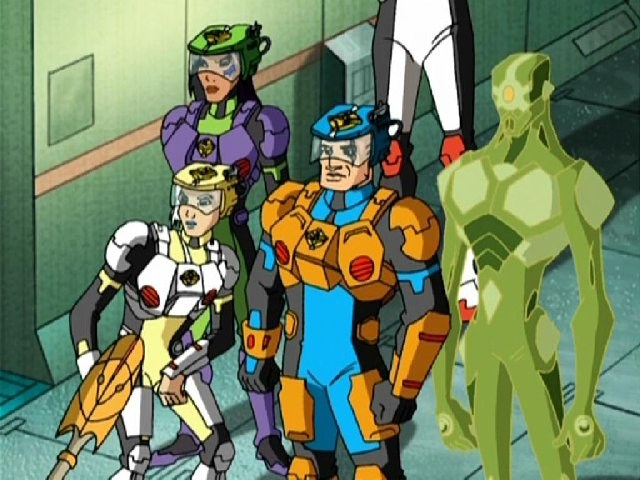
Runners-up: “Museum,” which has fun with history as the team is caught in the middle of a war between robot Julius Caesar and robot Napoleon Bonaparte. “The Face of Evil,” which nicely shows that things aren’t always what they seem on the surface and shows that not all Tlak’kahn are assholes. “Mentor,” which is a pretty standard Stargate story about a human who goes all divine on the natives turn that we’ve seen before (“The First Commandment” and “It’s Good to be King” on SG-1, “Irresistable” and “Irresponsible” on Atlantis), but it works, mainly because of Bonner’s blind spot toward Shepherd and Jim Byrnes’s excellent voice work on Shepherd.
Worst episode: “Greed.” This has the potential to be a fun Treasure of the Sierra Madre riff, but it doesn’t really commit to it, and the lesson is muted by the team actually using the diamonds to get Bonner and Draga free of the greedy bounty hunters.
Runners-up: God, where to start? The one where they go to a planet that has aliens who enable the kids to learn a valuable lesson about life…
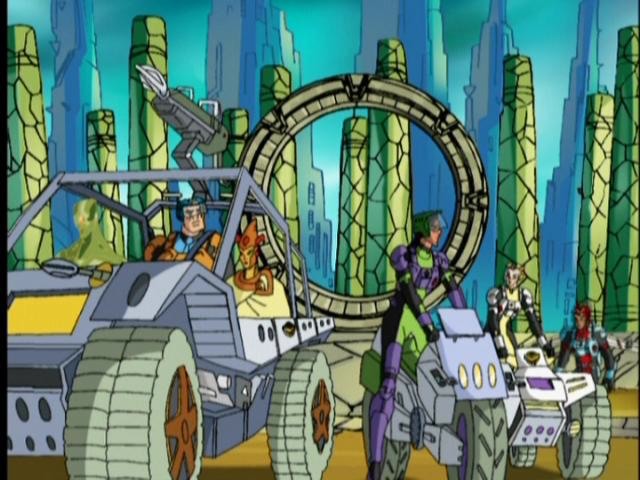
Can’t we just reverse the polarity? The show makes an effort to get its science right, from the way volcanos work in “Initiation,” to the way comets work in “The Key.”
Wayward home for out-of-work genre actors. One of the most prolific secondary voices on the show is Jim Byrnes, formerly of Highlander: The Series, who does a variety of characters, most notably General Stoneman, the guy in charge of the SGC, and Shepherd in “Mentor.” Blu Mankuma—who has appeared in pretty much every TV show that films in Vancouver—does many voices as well, most notably Hah’lak, the head of the Tlak’kahn Council.
Trivial matters. Brad Wright stated definitively that this series is not part of Stargate continuity, which is obvious just from the larger number of aliens seen. In addition, one of the big mysteries is the true identity of the Ancients who built the Stargate network, a mystery that was pretty well solved by SG-1‘s sixth season.
Several of the sound effects from SG-1 are used, though not always for the same thing. The Stargate’s activation includes the sound of Asgard transporters, and the sound of zat’ni’katels is sometimes heard without a zat in sight.
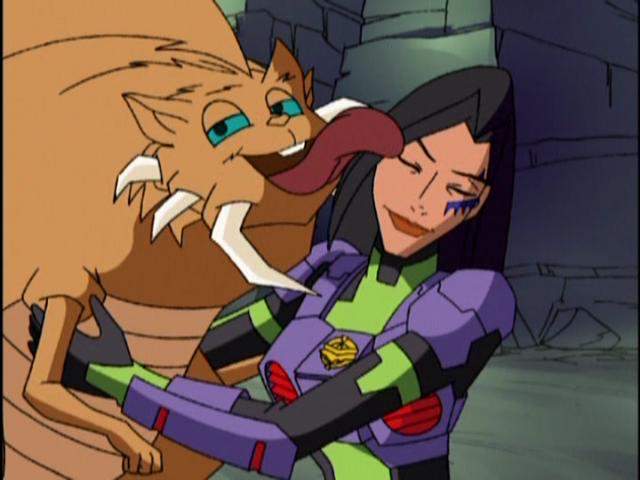
The Tlak’kahn use what looks like Goa’uld technology, flying in pyramid ships and using staff weapons.
In “The Long Haul,” a third Stargate is discovered on Earth, in the Yucatan.
Chevron seven locked. This could have been a fun series about a bunch of Air Force cadets on the run, being held together by the solid Bonner. But it isn’t. Mostly it looks like your standard crummy 1990s cartoon with adequate hand-drawn animation, with bits of really awful CGI animation mixed in for fancy stuff, and mediocre voice talent that isn’t putting their best effort into it. (Notable exceptions to the latter are Jim Byrnes in various roles, who actually gives his characters some depth, and Mark Acheson as Da’kyll, who goes completely over the top with his voice work, making the Tlak’kahn warlord a delightful combination of Clancy Brown’s The Kurgan in Highlander mixed with Shredder from the Teenage Mutant Ninja Turtles cartoon.)
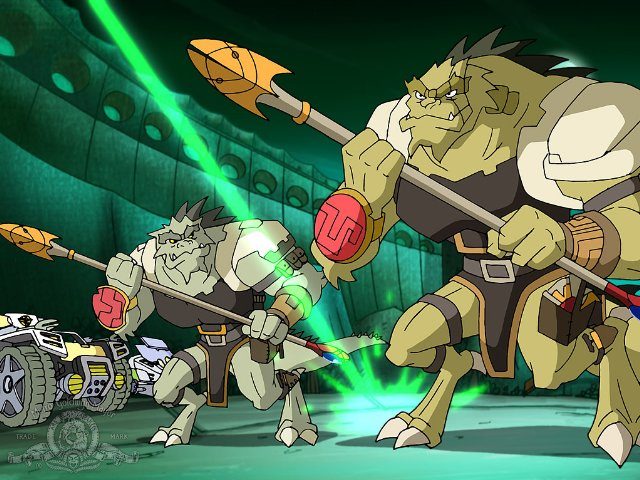
The characters are so very stock that you just roll your eyes. In particular it’s frustrating to see that Harrison is so pigeonholed into the dumb lazy guy role that the others constantly make fun of him for it even though there’s nothing to support it. He actually does a lot of work, has a lot of talent, and is a very good officer. The others are making fun of him because that’s what they’re supposed to do to that character, but it makes no sense.
The worst, though, is Seattle. She’s Navajo, so of course she has to have a mental link with the weird alien, because, y’know, Natives have mystical stuff. Or something. (It’s not like they actually do anything with her link with Draga. The one time it’s actually useful to the plot is in “Reality” when Seattle goes into the VR game, but the link is broken almost instantly.) Speaking of Draga, her own abilities are variable depending entirely upon the needs of the plot. As for Ec’co, his halfbreed plot is pretty much the same standard halfbreed-lives-are-difficult backstory we’ve seen a thousand times since Spock. Stacey doesn’t even get that much, as her role is mostly to be Bonner’s annoying niece, but her personality, like Draga’s powers, changes to serve the needs of the plot.
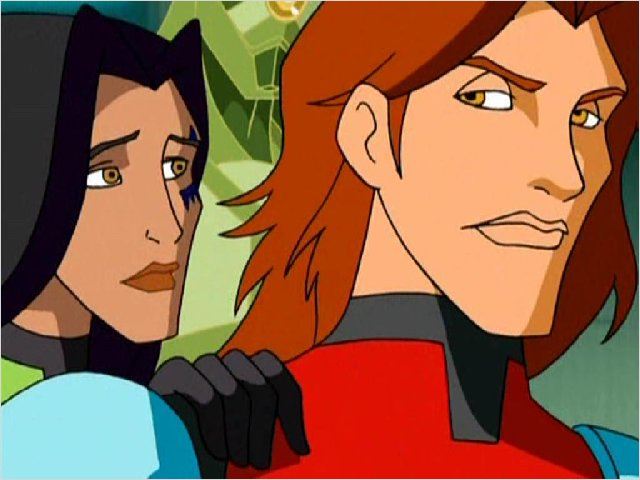
Having said that, the show had its good points, most notably that it took advantage of the unlimited costume and makeup capabilities of animation to give us a galaxy that is truly filled with aliens. We also get an SGC that is known to the public, to the extent that humans and aliens are interbreeding (as we see with Ec’co). These would’ve been cool things to see on the live-action shows—especially Ancients who were truly alien like Draga instead of the proto-humans we got. Plus, Infinity did follow the Stargate credo of doing adventure stories, which is a big part of its appeal.
And so we come to the end of the Stargate Rewatch. Thank you so much for joining me on this journey through the longest-running North American genre TV show and its precursor movie and subsequent spinoffs. Come back here next week for the announcement of what will be taking its place in the Friday rewatch slot.
Keith R.A. DeCandido has written a Stargate SG-1 short story that appeared in the anthology Far Horizons in 2014, entitled “Time Keeps on Slippin’.” He has also written an SG-1 novel called Kali’s Wrath, which should be on sale in 2016 if all goes well.










